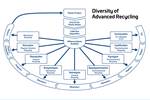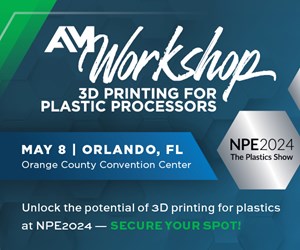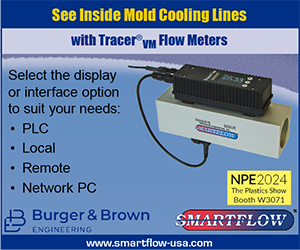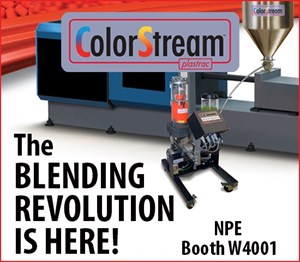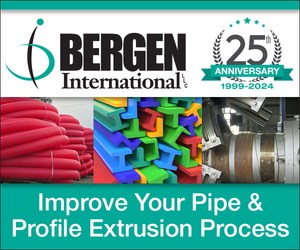Internal Air Pressure vs. Vacuum Sizing for Ovality Issues?
To achieve more consistent ovality in an application like medical tubing extrusion, consider vacuum sizing.
Q. We’re extruding some medical tubing with 0.060-in. or smaller O.D. We have been using internal air pressure for sizing but have had intermittent problems with ovality. Would vacuum sizing offer any advantage? —West Coast tubing processor
A. If ovality is your major concern, then the answer is yes. Using either contact or non-contact vacuum sizing greatly enhances the potential to improve ovality. You still need to be sure to center the die bushing so that the wall of the tube is concentric. If there is a thin spot in the wall, even with non-contact sizing, the thin spot will push out, leading to ovality.
With vacuum, once the tooling and associated drawdown are worked out, the repeatability is excellent and setup can be repeated in just 10-15 min. That’s because the differential pressure is created by the vacuum over the defined length of the chamber, and in-line cutting or coiling can cause only minimal tolerance variation. The other advantage of vacuum is that the weight of the water is actually removed from the tube as vacuum level is increased. With the internal air method, the operator must adjust the water level to improve ovality.
Bob Bessemer, sales manager, medical extrusion
Conair, Cranberry Township, PA
(724) 584-5500 • conairgroup.com
Related Content
-
Use Cavity Pressure Measurement to Simplify GMP-Compliant Medical Molding
Cavity-pressure monitoring describes precisely what’s taking place inside the mold, providing a transparent view of the conditions under which a part is created and ensuring conformance with GMP and ISO 13485 in medical injection molding.
-
Krones Acquires Netstal
Krones adds PET preform injection molding to its bottle blowing and filling capabilities, as well as cap molding and expansion into medical, food and other markets.
-
Collaboration will bring Recycled Plastic to Medical Device Packaging
Agreement between Eastman and Ethicon will put copolyester derived from recycled materials in sterile barrier applications.


